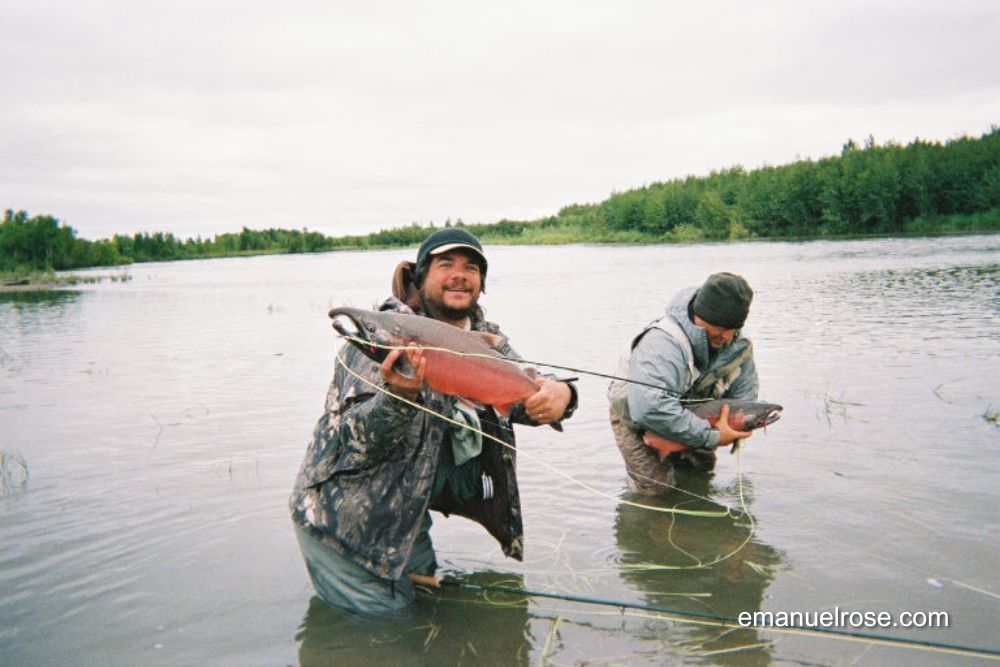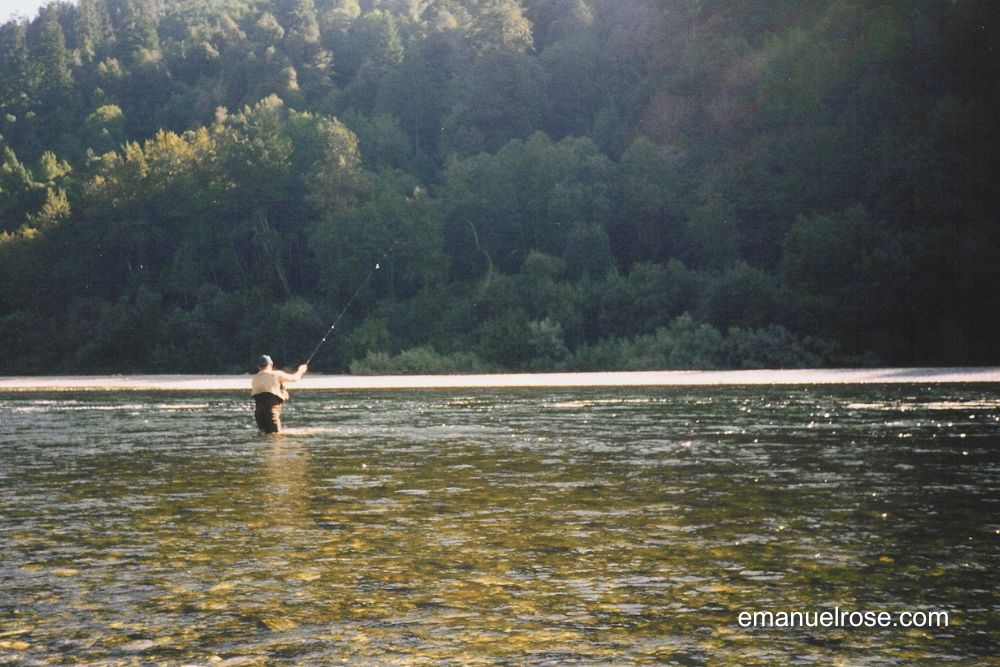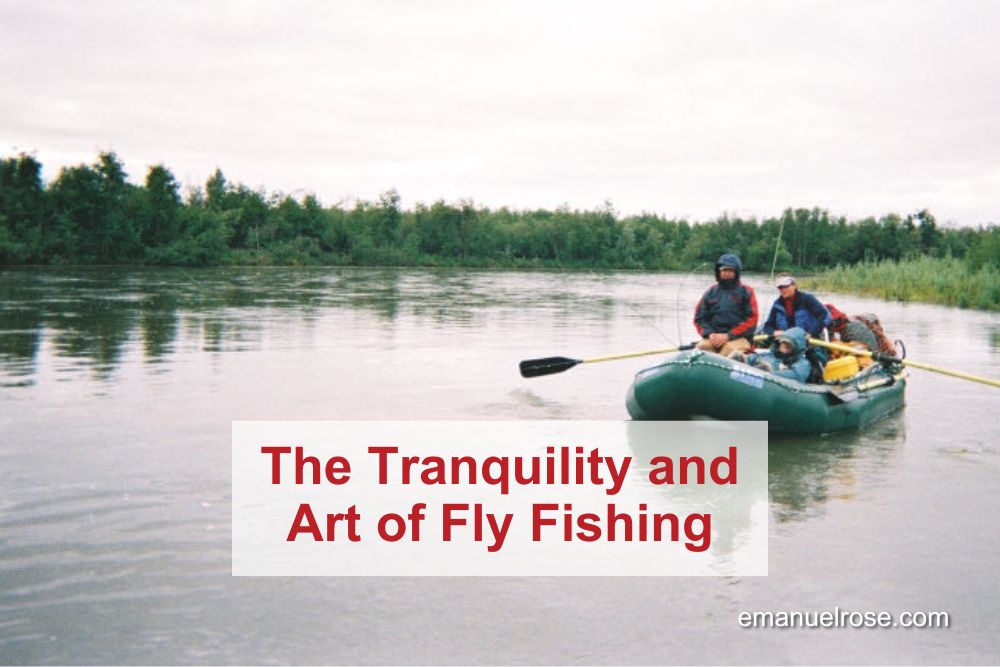There is something profoundly peaceful about standing knee-deep in a stream, casting a line, and waiting for that subtle tug. Fly fishing is more than just a sport; it’s an art form and a means of exploration. It combines patience, a deep understanding of nature, and a meticulous attention to detail. From the lifecycle of aquatic insects to the behavior of fish under various conditions, knowledge and observation are key.
Fly fishing often starts with the intricate craft of fly tying. This art involves creating small, detailed imitations of the bugs fish prefer, and it’s a deeply satisfying endeavor. For many, it is the gateway into the broader experience of fly fishing. As one masters the art of tying, they inevitably feel drawn to the rivers and streams where these creations come to life. This transition from tying to fishing fosters a profound connection to the natural world, highlighting the journey that many anglers undertake from creation to practice.
Fly Fishing: A Personal Connection to Nature
One of the most compelling aspects of fly fishing is how it brings individuals closer to nature. Whether one is casting a dry fly on a peaceful morning or feeling the gentle pull of a trout in a narrow stream, the experience is exceptionally rewarding. Fly fishing offers a retreat from the hustle of daily life, replacing it with the soothing sounds of flowing water and the focused act of casting. The practice is meditative, with each cast and each moment in the water providing a reprieve from life’s stresses, encouraging mindfulness and presence.
The fly fishing community is another element that enhances this pastime. Strong bonds are forged on the water, with gatherings by rivers often feeling like family reunions. Shared experiences and a common love for these serene environments bring people together, creating lasting friendships and a sense of camaraderie.
Embracing the Art and Skill of Fly Fishing

Fly fishing is a blend of art and skill. Each fly tied is a small masterpiece, designed to mimic the natural prey of the fish. Successful fishing requires understanding the rhythms of nature, knowing when and where to cast, and appreciating the subtleties of each aquatic environment. The challenge of fooling a fish with a hand-tied fly is exhilarating, but so too are the moments of quiet observation and learning.
For those starting out, taking a class can be invaluable. Classes provide a foundational understanding of fly fishing techniques, equipment setup, and entomology, helping newcomers avoid developing bad habits and setting them on a path to success. Hiring a knowledgeable guide can also be beneficial, offering personalized instruction and insights into local waters.
Conservation and Respect for Nature
Integral to fly fishing is a commitment to conservation and the protection of natural habitats. Pollution and human impact on fishing spots can be disheartening, making it crucial for anglers to advocate for clean, healthy waterways. Education and outreach, particularly for young people, are essential. Programs that teach children about the environment, conservation, and responsible fishing practices are vital in fostering a new generation of conscientious anglers.
Part of this education involves involving kids in activities that connect them to nature, such as Trout Camp, where they learn not only about fishing but about ecosystem conservation and the importance of preserving nature. By instilling these values early, we hope to nurture adults who respect and care for the environment.
The Simple Joys of Small Stream Fishing
For many, the allure of fly fishing lies in the charm of small streams. These waters, often hidden in forested areas or hilly landscapes, offer a unique fishing experience. The delight in discovering a thriving fish population in a seemingly insignificant stream is unparalleled. It’s here, in these intimate settings, that the true magic of fly fishing unfolds—crystal clear water, vibrant fish, and the encompassing tranquility of nature.

Small stream fly fishing often involves using dry flies, adding to the visual excitement of seeing a trout rise to take the fly off the water’s surface. These moments are treasures, embodying the perfect balance of challenge and serenity.
The Heart of Fly Fishing

At its core, fly fishing is about more than the catch—it’s about the experience and the connection to nature. It’s standing in a stream, feeling the sun on your face, and immersing yourself in the sights and sounds of the natural world. Fly fishing teaches patience, fosters mindfulness, and instills a deep appreciation for the environment. It’s an invitation to slow down, observe, and participate in the beauty of nature.
Fly fishing transcends being merely a pastime; it’s a way to connect with nature, find peace, and build community. It reminds us of the importance of preserving our natural spaces and the joy of being present in the moment. Whether you’re a novice or an experienced angler, there’s always something new to learn and enjoy.

